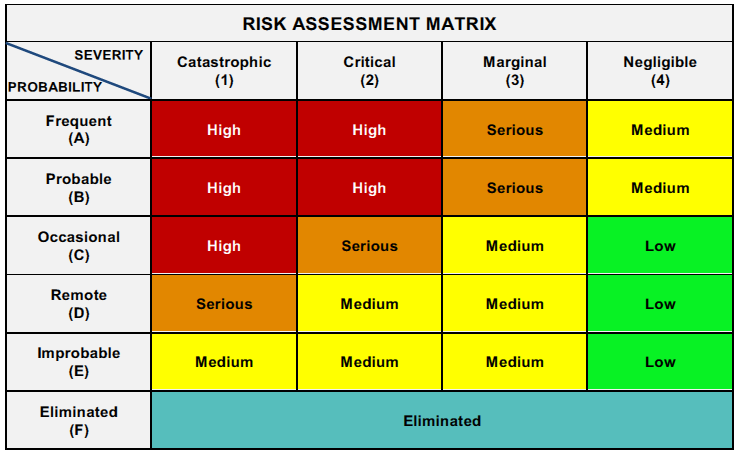I have been plugging along on a “spiritual” path since my early days in high school when my brother, who is six years older than me, tried to explain the “beat” philosophy he learned from people such as Allen Ginsberg and Jack Kerouac from the late 1950’s. My brother lived in Berkeley, hanging out in coffee shops and playing bongo drums, and listening to the great poets of the day while I toiled away in middle and high school. He became a full-fledged beatnik, encouraging me to read books such as “Howl”, “On the Road”, and “The Book of the Dead.” During this time I attended church with a few friends, finding a particularly interesting church with a small “youth group” where we discussed how religion impacts our lives and society, rather than the church dogma. Those discussions, tied together with my beatnik brother’s view of spirituality, helped me to develop an interest in “something” beyond ordinary experience, with rather loose constraints on understanding what that “something” might be.
My brother and I both matriculated (joined) Humboldt State College (HSC) in Arcata California in 1966 during the big buildup to the Vietnam war and the creation of the “flower children” of the 60’s. HSC was on the “speaker circuit” for alternative and “exotic” religions, including several Buddhist and Hindu leaders. It was great fun to go to these events with the exotic smells of incense, sitar music while trying to understand what old white haired Indian men wearing long robes were talking about.
In 1970 and 1971 the Maharishi Mahesh Yogi held extended Transcendental Meditation (TM) seminars at HSC. The students lived in the college dormitories during the summer break, as the town filled with people wearing robes sitting in all sorts of places around town in mediation. It was very obvious that “something” was happening. Out of curiosity, I attended many talks, and eventually paid my $20 (which was a LOT of money to me at that time) to get a personalized, secret, TM mantra. (The “secret” was that the mantra was an ancient one that everyone who knew anything about meditation knew).
I found the practice of meditation to be “life changing” and have continued a daily practice for over fifty years. My meditation has not always followed the TM approach, I explored a range of spiritual systems including Hindu practices, Buddhism and my favorite from Mesoamerica – known as Toltec practices. I finally settled into a daily Buddhist practice, not as “a Buddhist” but as a novice who meditates, contemplates, reads and discusses the topic – without necessarily “buying” all of the stories or practices. I suppose you could say I am dabbling in the topic. I consider myself to be a Toltec practitioner who happens to be performing a lot of Buddhist activities.
One of the main topics of Buddhism seems to be the idea of achieving “Nirvana”. This term is connected to the idea of finally getting beyond suffering, and therefore no longer continuing through endless cycles of rebirth. I find this description to be rather meaningless, more along the lines of a religious belief than a practice that might help in the here and now. The word “nirvana” has been adopted to mean “bliss” or “tranquility,” which sound nice – but also a bit scary. Additional terms used to describe this state of being are terms such as “enlightenment” or “awakenment.” All of this is a bit difficult for me to grasp beyond an intellectual consideration.
I have always wondered what it might feel like to achieve a state of awakenment. Awaking from what? If this term is to be taken literally, it must mean that we are asleep in some sense and therefore dreaming. If that is what is meant, that makes perfectly good sense to me. I have been pondering this issue for over fifty years and have come to the conclusion that we are in fact dreaming, and that ALL that we are aware of is our dream. We have no means of having any solid evidence of there being anything beyond dream, with the possible exception of the René Descarte’s famous statement that; “I think; therefore I am .”
I have always assumed that the state of “Nirvana” (or whatever term fits best) must be one that feels trance-like. I suspect that everyone has experienced instances where it feels like they are experiencing the world as if in a trance. As a simple example, a few weeks ago I was taking the kitchen scraps to the compost pile when I noticed that a bunch of flowers in our garden had bloomed into a riot of extremely vibrant yellow blossoms. It caught my eye, and my attention, in a way that felt a little like “stopping the world.” I paused and soaked in a kind of momentary bliss – not thinking about anything, just feeling joy. That kind of experience happens now and then, and is almost always a surprise and pleasure. Maybe Nirvana is being permanently in that state of a blissful trance. This is scary to me because it sounds too much like where I might be heading with full blown dementia in old age. Dementia seems like being “in the present” but not in a way that is attractive. I actually don’t want to spend my life in a trace – even if those moments in my life have feel extremely peaceful and pleasurable. I want to engage with the world.
A couple of weeks ago I had an experience that was perhaps closer to the meaning of the concept. On that morning, I woke up as usual before the sun at around 5:00 AM. I lay in bed for awhile, feeling my body enjoying the last few minutes in bed before getting up for the day. I got up, started for the bathroom and found myself in bed waking up again! Opps, I had only dreamt that I awoke, the experience of walking toward the bathroom was still a dream. So there I was once more laying in bed wondering if I this time I was actually awake, or had I again woken up in yet another dream?
This time when I got up it was an entirely different experience from any that I have had in the past. I was awake, and things were all as the normally are, but I felt crystal clear – my perceptions were clear and crisp, colors were more vibrant than usual, sounds were more crisp, I didn’t find it necessary or even appropriate to “think” about anything – I just was and that was enough. I realized that my “normal” way of experiencing things feels like it is in a subtly “fuzzy” trance. There is a delay, and a filter, of some kind that takes the sharpness away – and my “normal” experience is the trance, not this new one of being “awake”. The feeling of being “clearly” present persisted for a couple of hours until such time that the events of the day overcame me and I dissolved back to “normal.” I felt like I had somehow woken up – is that what “awakenment” feels like? If so, I like it.
Maybe this is closer to what the Buddhist means by awakening – it isn’t going into a separate “dream state” of a trance, but instead it is just doing what we are always doing, but with a crispness and clarity that we normally miss. Maybe it isn’t really anything at all, maybe it is just waking up. Maybe it is just a more normal experience of normal than we normally experience.

